The Best National Park Jobs
'Several national parks have healthy wolf populations that are monitored by biologists. In Yellowstone, researchers try to maintain one radio-collared…'
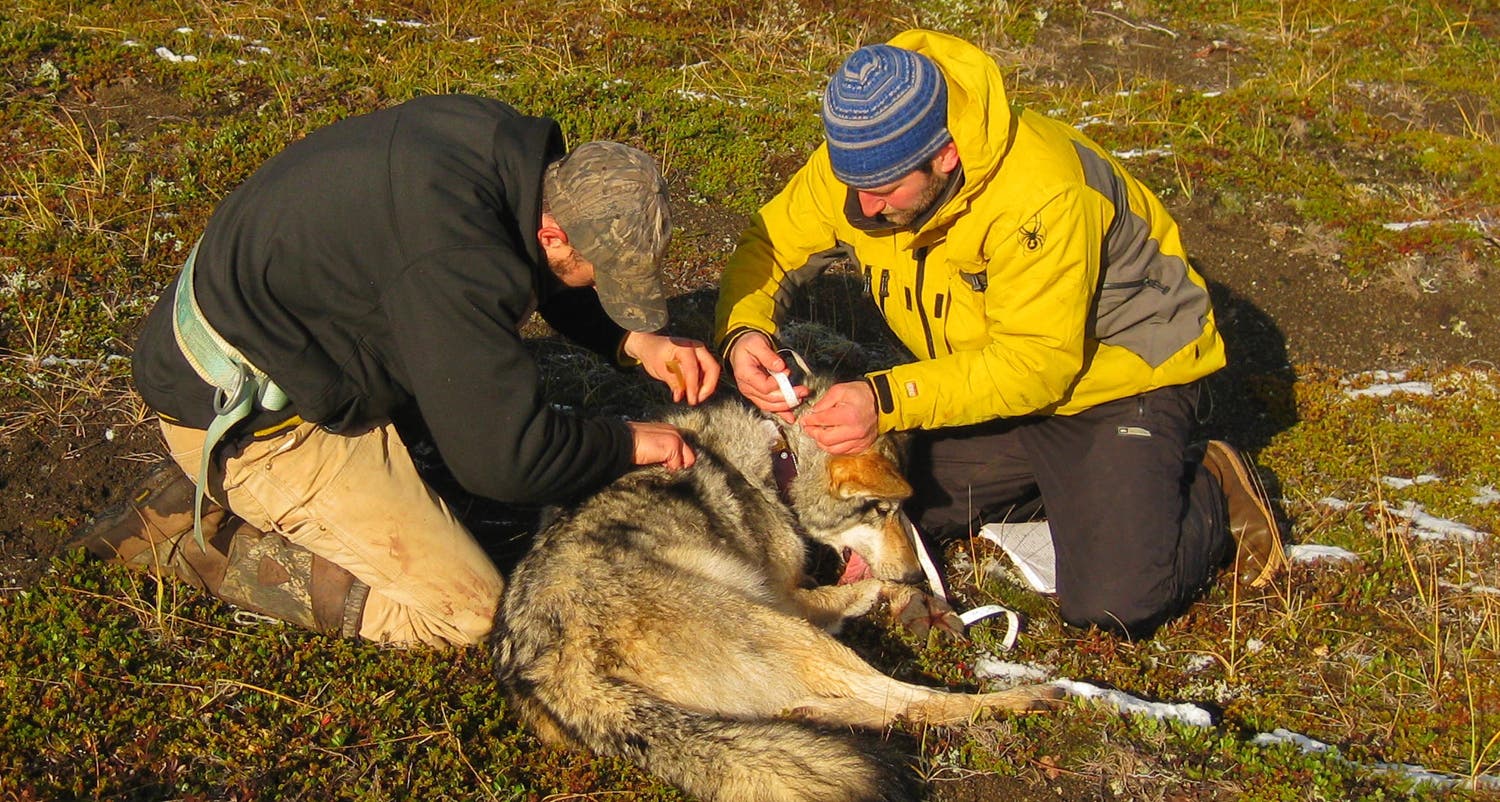
Several national parks have healthy wolf populations that are monitored by biologists. In Yellowstone, researchers try to maintain one radio-collared wolf per pack to track their movements. [Alaska Region U.S. Fish and Wildlife Service / Flickr]
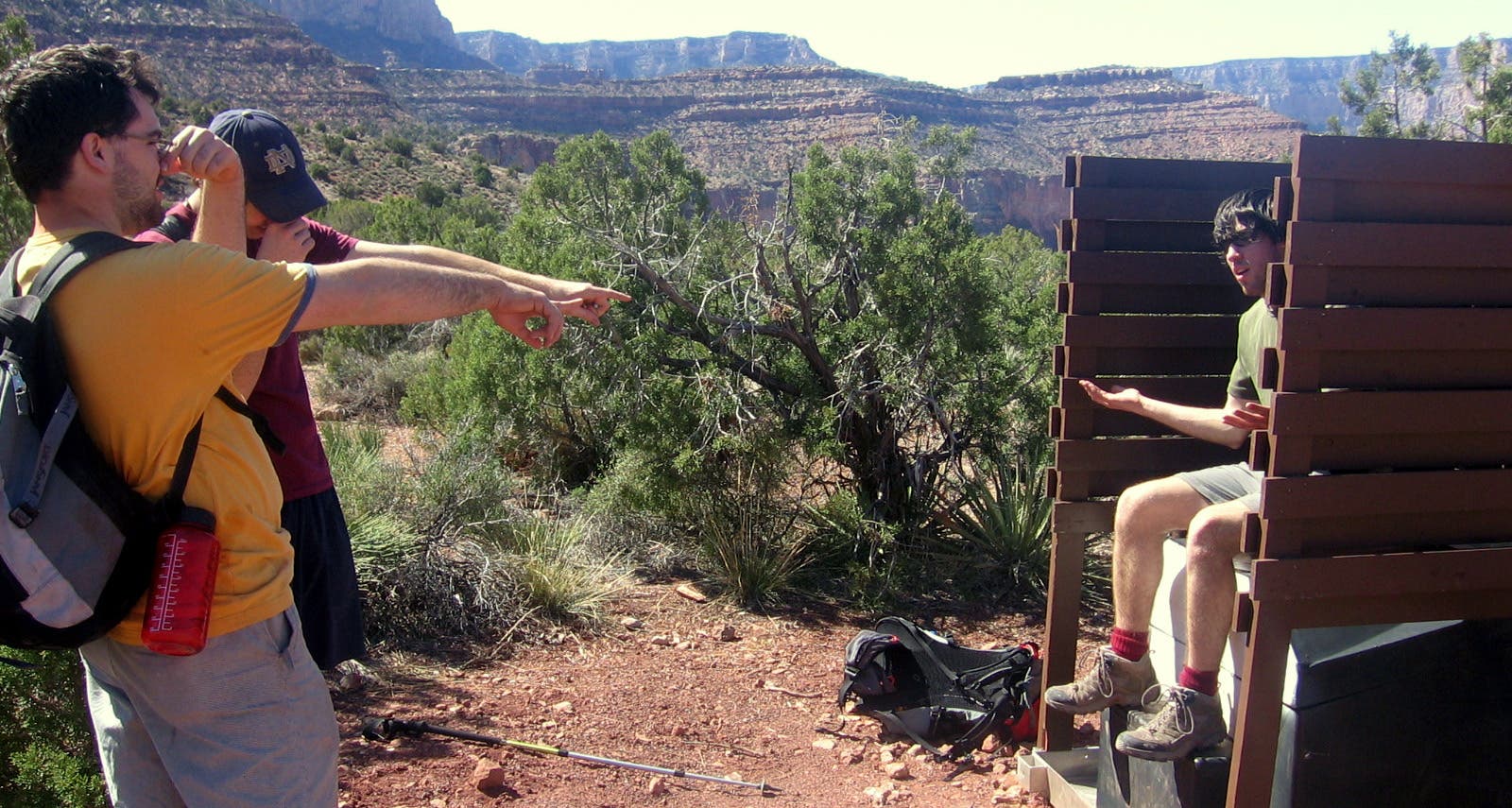
Every year, a crew of park employees services the dozens of composting toilets scattered throughout the backcountry of Grand Canyon National Park. It’s not as crappy as you might think—crewmembers cover more trail miles in a few months than most hikers do in a year. [Paul Chisholm]
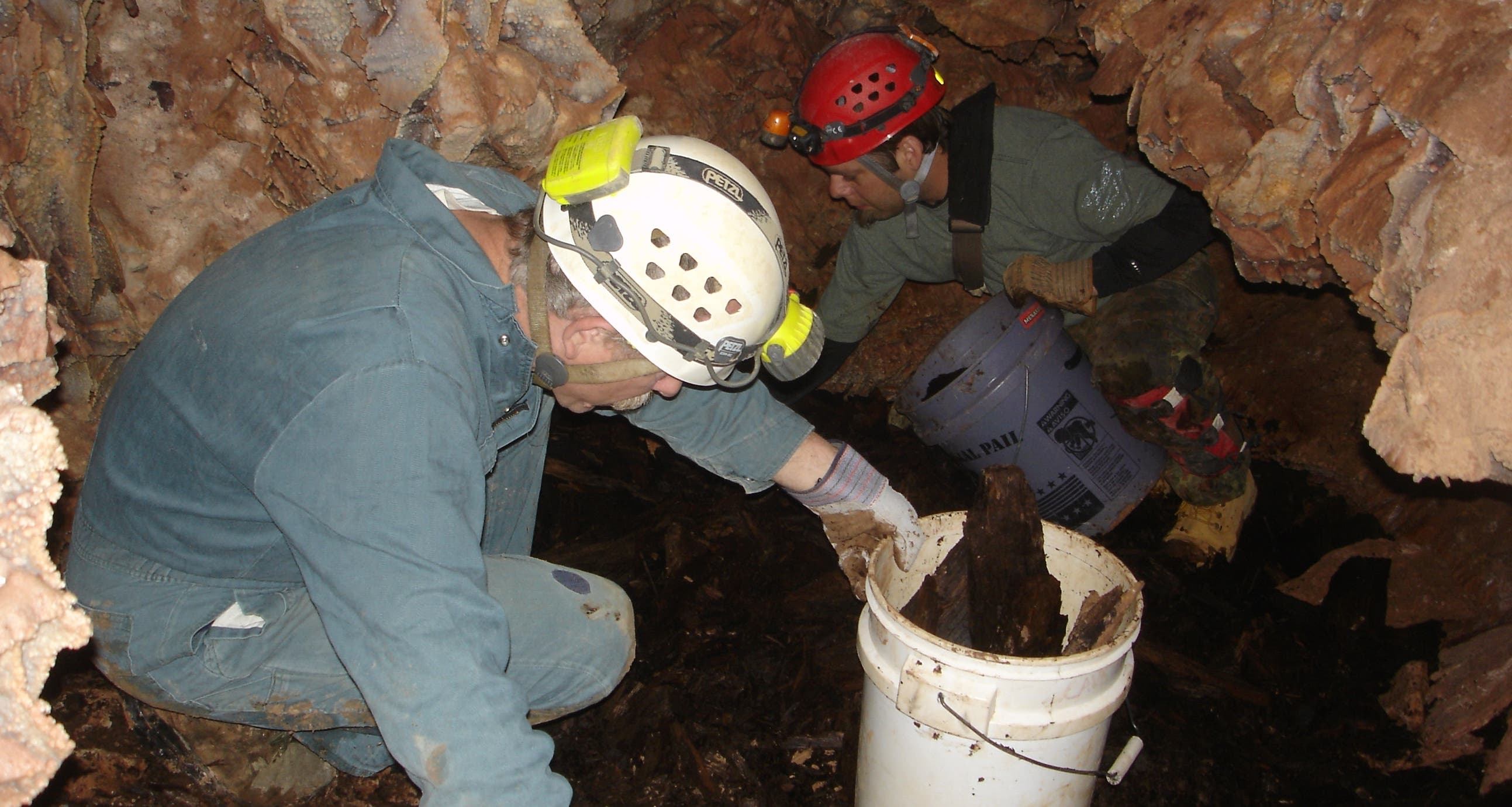
Some of our nation’s most stunning underground caverns are preserved as national parks. But what happens to the fragments of hair, lint, dust, and skin particles that are inadvertently left behind by hundreds of thousands of visitors each year? Hundreds of employees and volunteers haul out tons of such undesirables every year, and often get to see parts of the cave off-limits to tourists. [National Park Service / nps.gov]
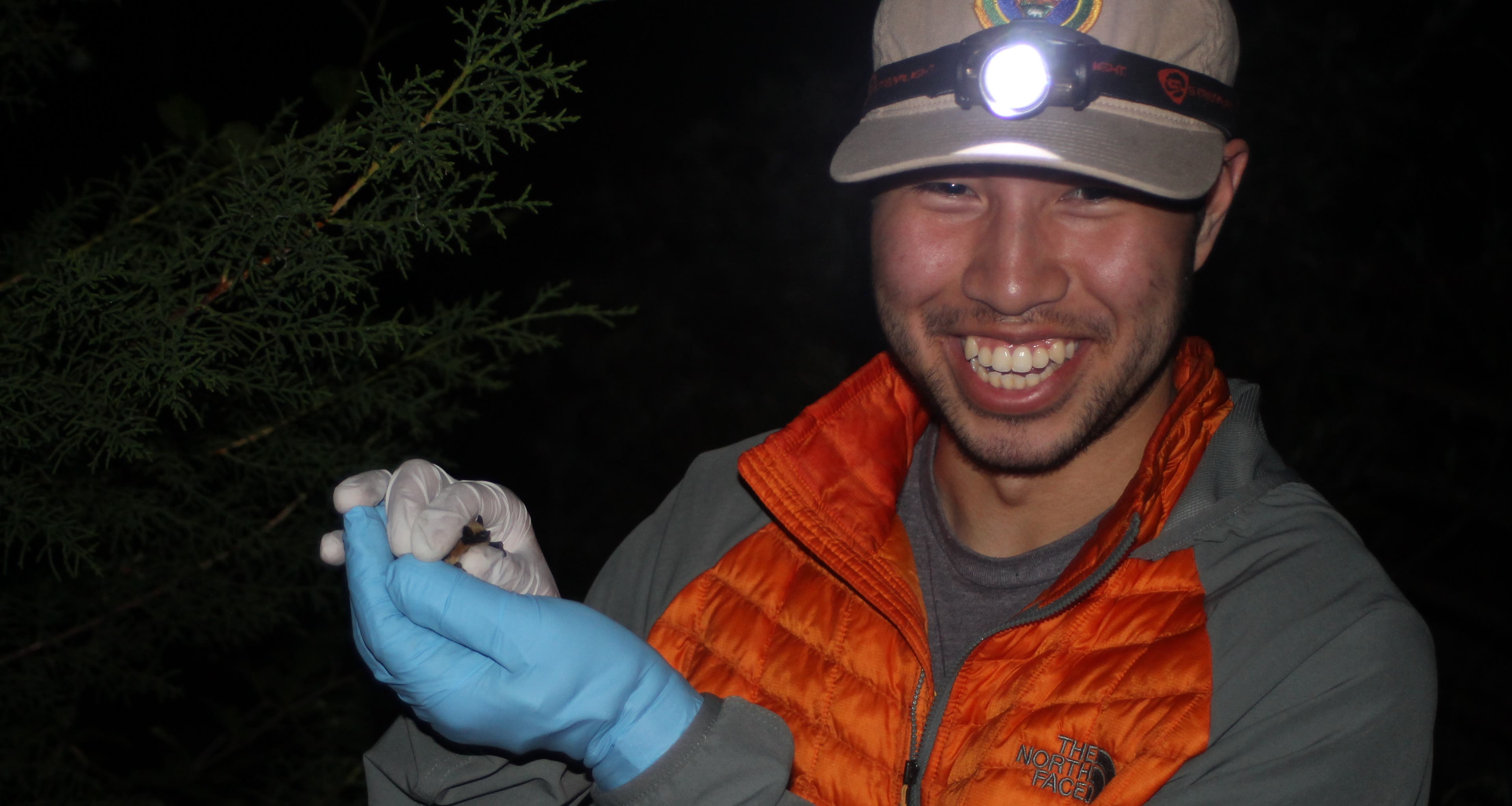
Bats are essential components of many park ecosystems, and research has intensified following recent population declines in the eastern US attributed to white-nose syndrome. In Glen Canyon National Recreation Area, interns from the Mosaics in Science program monitor bat populations using acoustic sampling technology. Mosaics in Science, co-sponsored by the National Park Service and the Geological Society of America, aims to increase the diversity of STEM-related employees in our national parks. [Mosaics in Science, Geological Society of America/National Park Service]
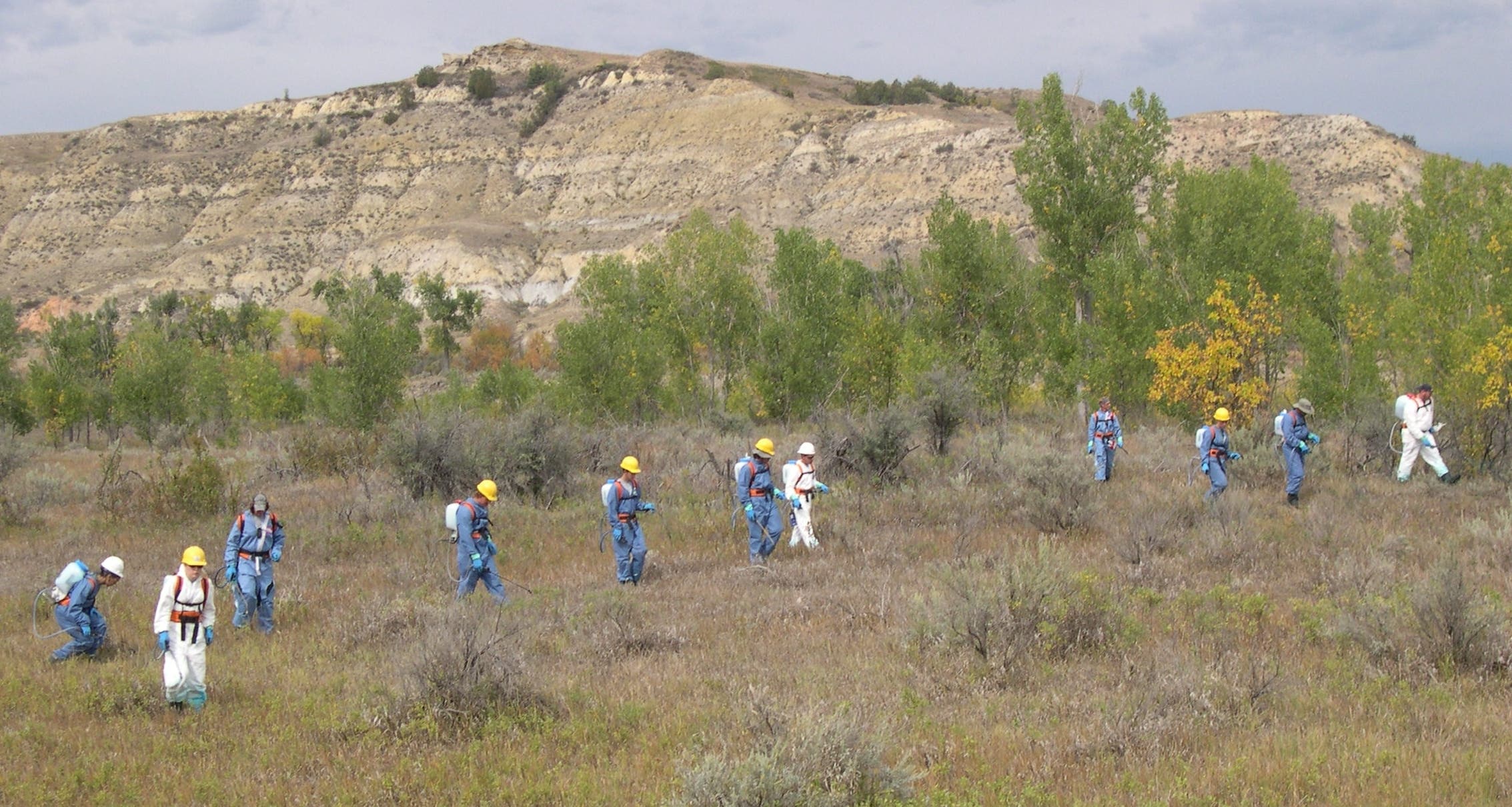
Hauling around a backpack sprayer and dousing invasive plants with herbicide might not sound like a dream job, but it has its perks. Sprayers often embark on multi-day trips into the backcountry and frequently access areas of the park not seen by most visitors. [National Park Service / nps.gov]
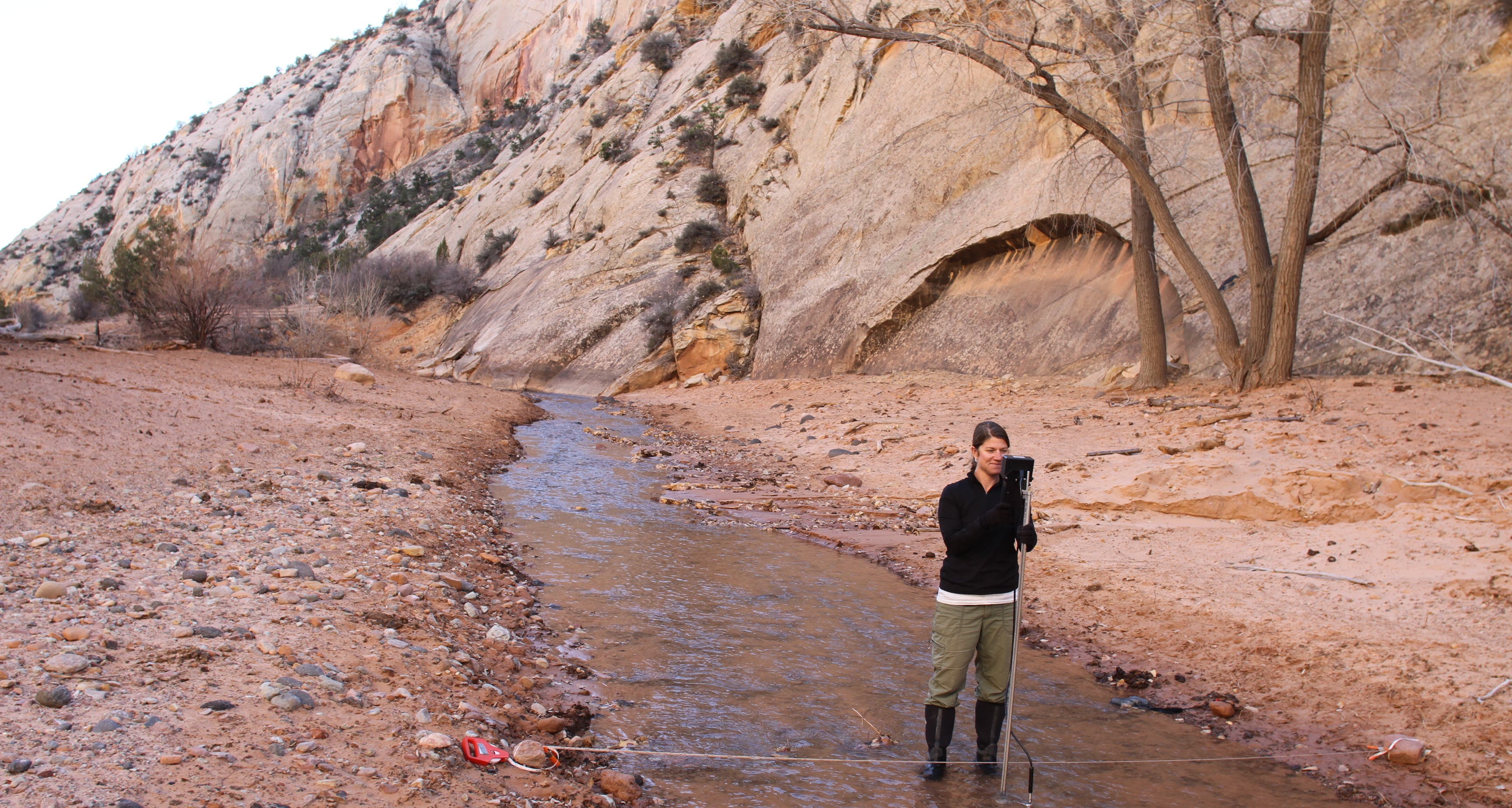
The Park Service employs dozens of technicians to monitor water quality across its vast system of public lands. Workers measure flow rates, pH, nutrient levels, bacterial loads, and a variety of other parameters at backcountry locations hours from the closest trailhead. “For access to most sites I have to hike from 5 miles round trip to 14 miles round trip,” explains Moab-based technician Carolyn Hackbarth. [Carolyn Hackbarth]
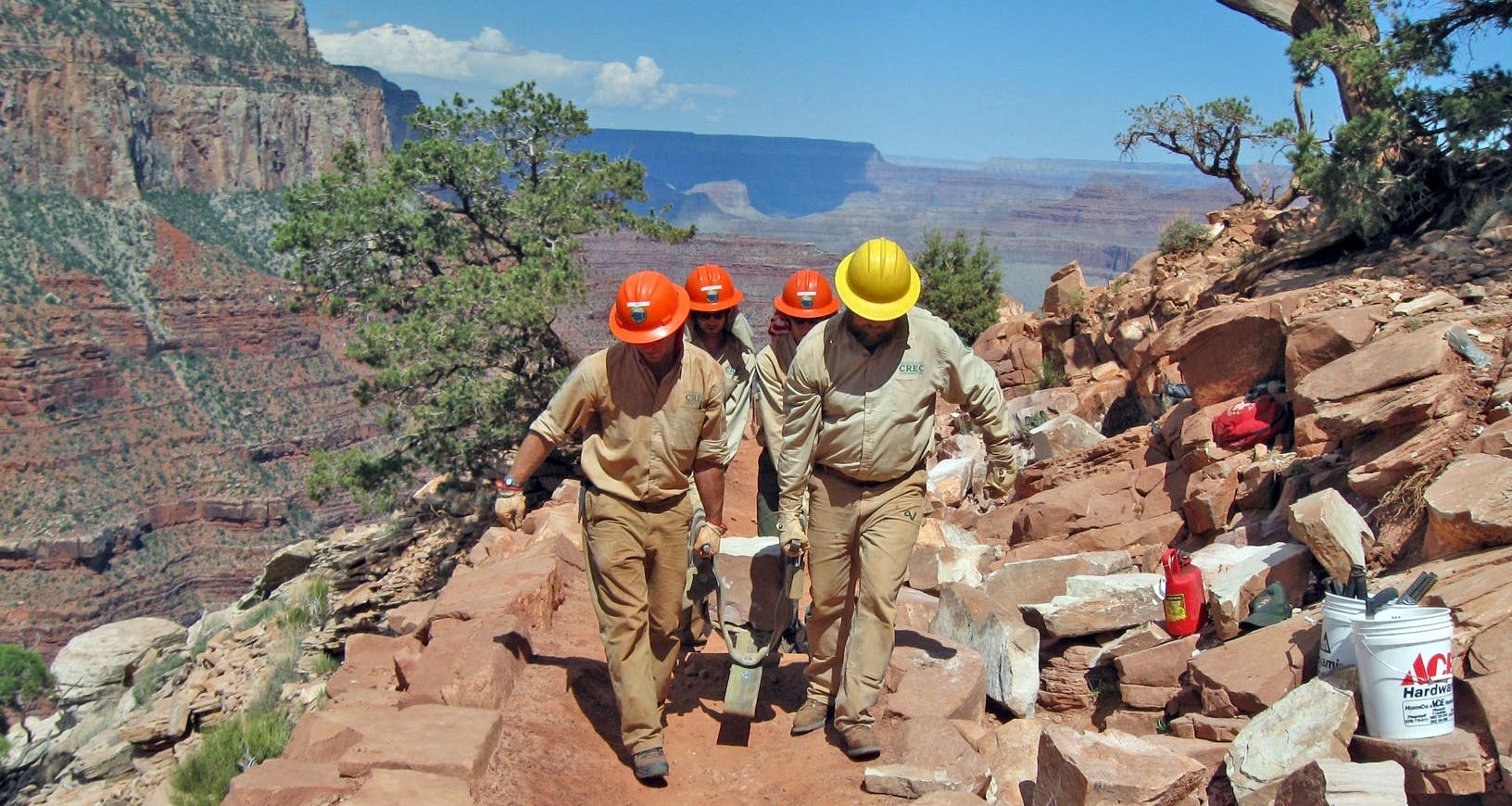
Nothing will give you as much appreciation for the trails you tread on than serving on a trail crew. The stunning vistas, backpacker-friendly schedule (many crews work 8-10 days on, 4-6 days off) and group camaraderie are just icing on the cake. [National Park Service / nps.gov]
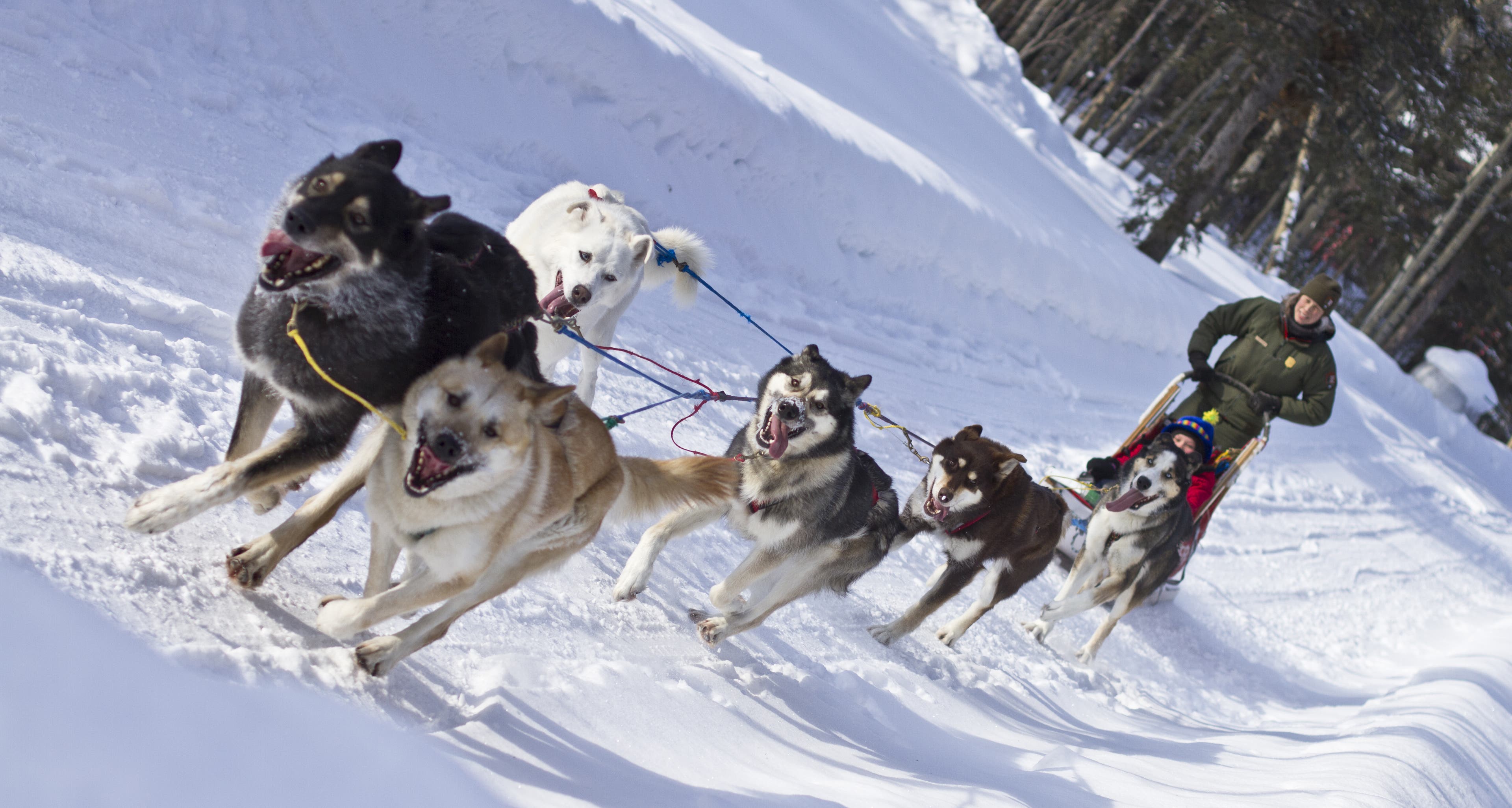
Enormous peaks and iconic megafauna aren’t the only thing Denali National Park is known for—it’s also home to the only dogsled team in the National Park Service. Staff use sled dogs to access remote areas of the park that lie in federally-designated wilderness, where motorized travel is prohibited. [Denali National Park and Preserve / Flickr]
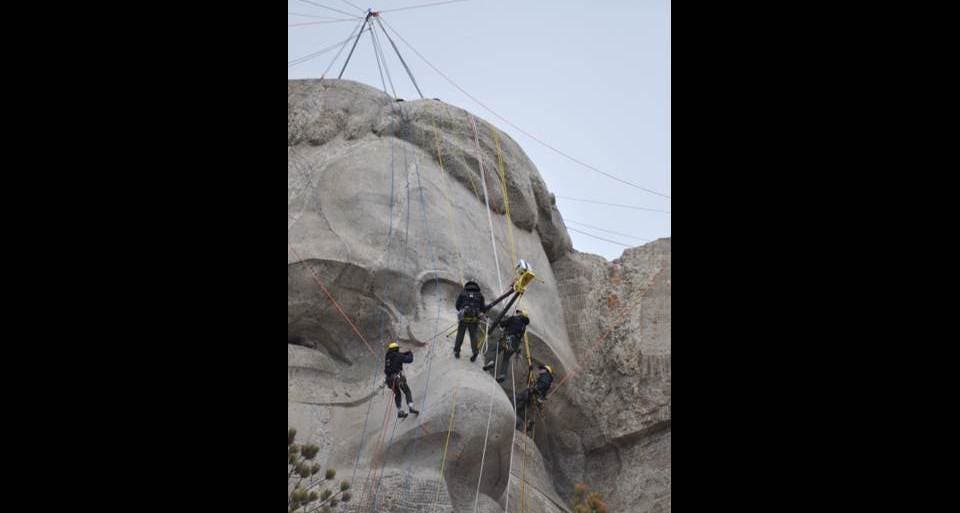
When a menacing crack begins to spread across Teddy Roosevelt’s nose, these intrepid daredevils jump into action. The Park Service maintains a number of massive memorials—Mt. Rushmore, the Statue of Liberty, the Washington Monument—and when age and weather begin to take its toll, these fearless engineers don rappel gear and go to work, sealing fractures and reinforcing weak points. [National Park Service / nps.gov]
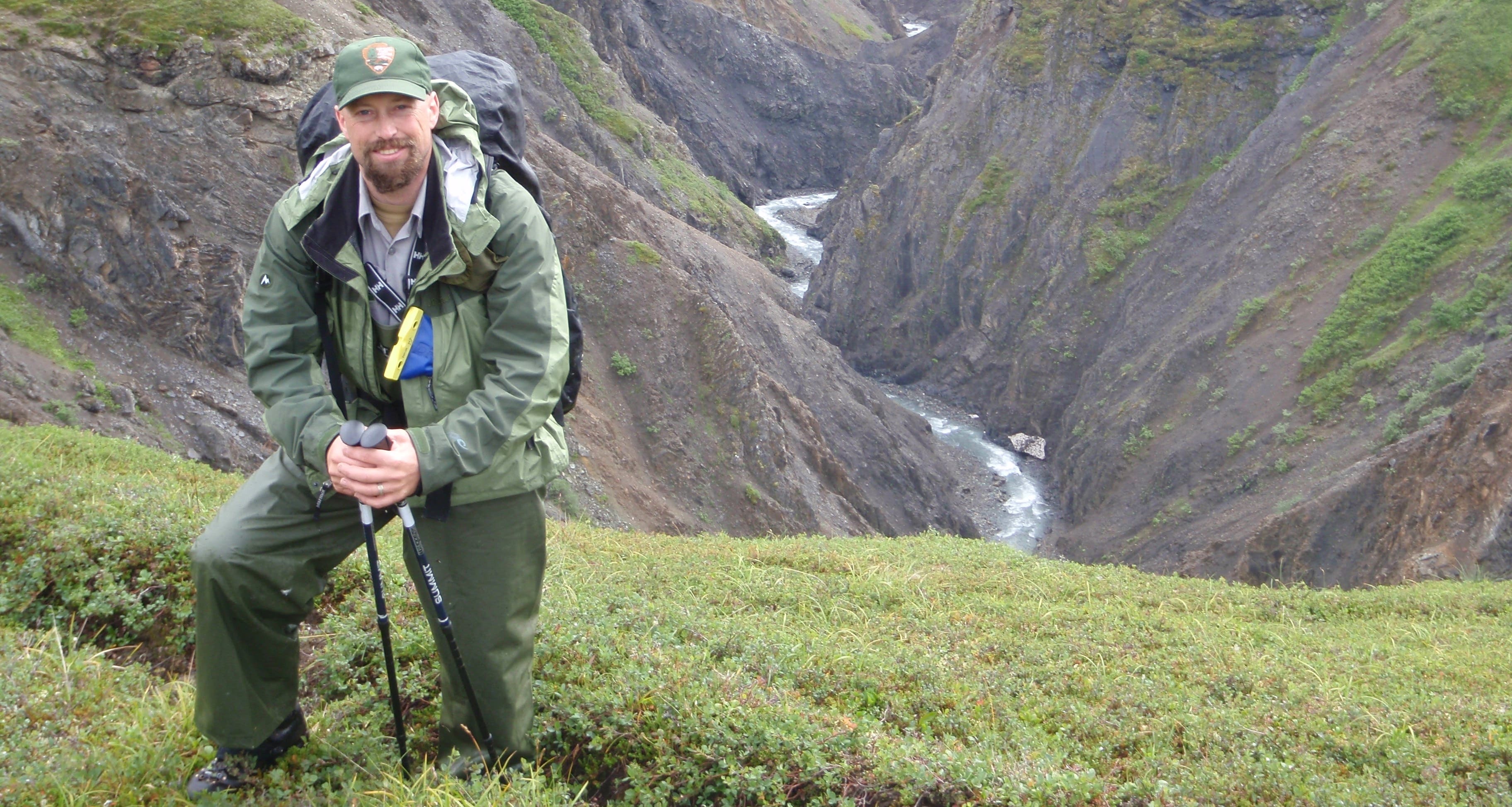
Backcountry rangers perform a multitude of duties in America’s national parks, ranging from law enforcement and visitor education to SAR operations and light trail maintenance. [National Park Service / nps.gov]
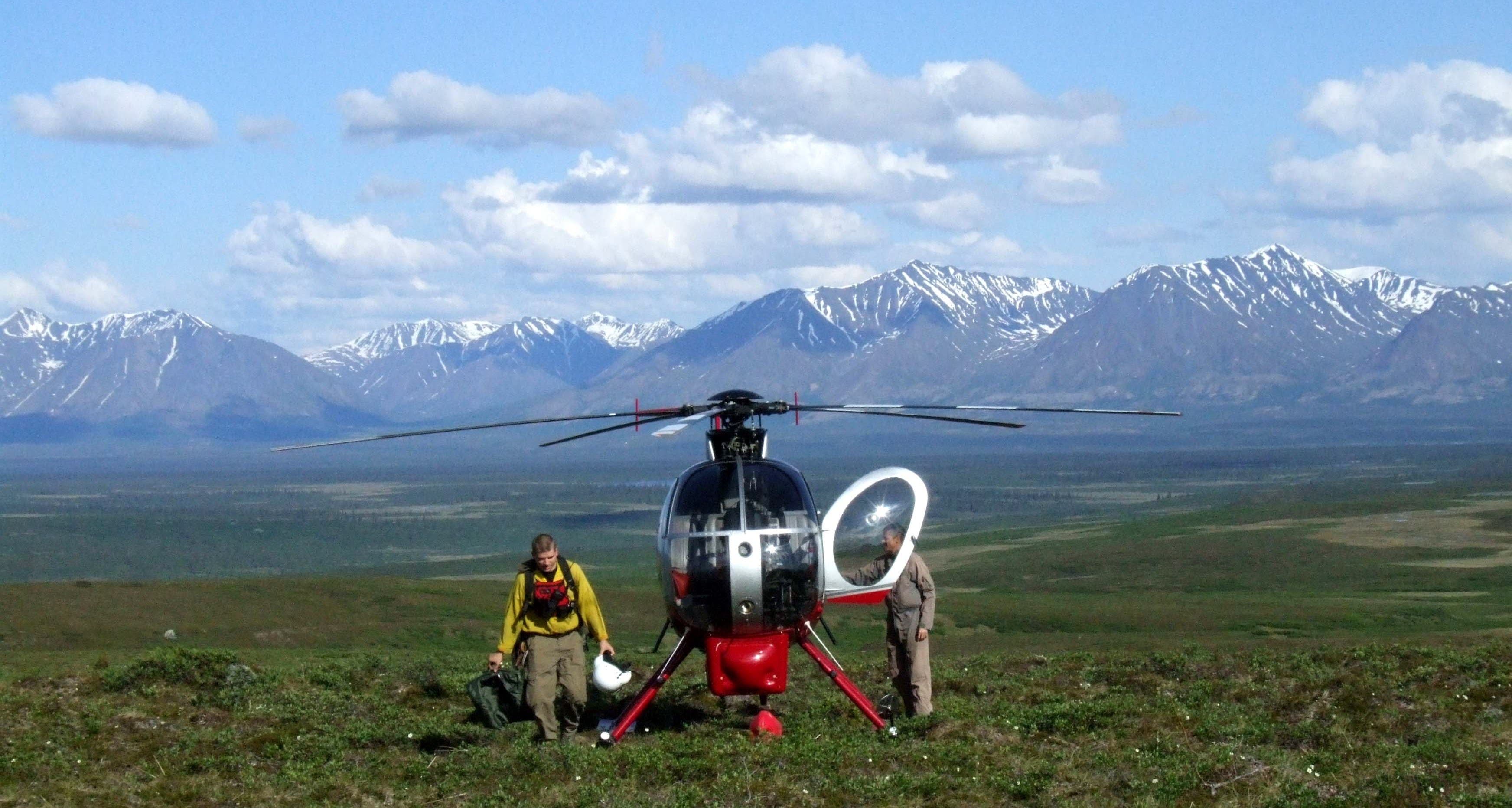
Regulations and high pricetags keep most national park visitors from taking an aerial tour, but for Park Service pilots it’s all in a day’s work. Pilots serve a variety of purposes in national parks including firefighting, research, search and rescue, and resupply of remote duty stations. [Travis / Flickr]
Wolf Tracker

Several national parks have healthy wolf populations that are monitored by biologists. In Yellowstone, researchers try to maintain one radio-collared wolf per pack to track their movements.
Compost Crew

Every year, a crew of park employees services the dozens of composting toilets scattered throughout the backcountry of Grand Canyon National Park. It’s not as crappy as you might think—crew members cover more trail miles in a few months than most hikers do in a year.
Cave Restorationist

Some of our nation’s most stunning underground caverns are preserved as national parks. But what happens to the fragments of hair, lint, dust, and skin particles that are inadvertently left behind by hundreds of thousands of visitors each year? Hundreds of employees and volunteers haul out tons of such undesirables every year, and often get to see parts of the cave off-limits to tourists.
Bat Surveyor

Bats are essential components of many park ecosystems, and research has intensified following recent population declines in the eastern US attributed to white-nose syndrome. In Glen Canyon National Recreation Area, interns from the Mosaics in Science program monitor bat populations using acoustic sampling technology. The National Park Service’s Mosaics in Science Program, run in partnership with The Geological Society of America, aims to increase the diversity of STEM-related employees in our national parks.
Weed Sprayer

Hauling around a backpack sprayer and dousing invasive plants with herbicide might not sound like a dream job, but it has its perks. Sprayers often embark on multi-day trips into the backcountry and frequently access areas of the park not seen by most visitors.
Hydrologic Technician

The Park Service employs dozens of technicians to monitor water quality across its vast system of public lands. Workers measure flow rates, pH, nutrient levels, bacterial loads, and a variety of other parameters at backcountry locations hours from the closest trailhead. “For access to most sites I have to hike from 5 miles round trip to 14 miles round trip,” explains Moab-based technician Carolyn Hackbarth.
Trail Crew

Nothing will give you as much appreciation for the trails you tread on than serving on a trail crew. The stunning vistas, backpacker-friendly schedule (many crews work 8-10 days on, 4-6 days off) and group camaraderie are just icing on the cake.
Sled Dog Trainer

Enormous peaks and iconic megafauna aren’t the only thing Denali National Park is known for—it’s also home to the only dogsled team in the National Park Service. Staff use sled dogs to access remote areas of the park that lie in federally-designated wilderness, where motorized travel is prohibited.
Monument Rehaber

When a menacing crack begins to spread across Teddy Roosevelt’s nose, these intrepid daredevils jump into action. The Park Service maintains a number of massive memorials—Mt. Rushmore, the Statue of Liberty, the Washington Monument—and when age and weather begin to take its toll, these fearless engineers don rappel gear and go to work, sealing fractures and reinforcing weak points.
Backcountry Ranger

Backcountry rangers perform a multitude of duties in America’s national parks, ranging from law enforcement and visitor education to SAR operations and light trail maintenance.
Pilot

Regulations and high price tags keep most national park visitors from taking an aerial tour, but for Park Service pilots it’s all in a day’s work. Pilots serve a variety of purposes in national parks including firefighting, research, search and rescue, and resupply of remote duty stations.